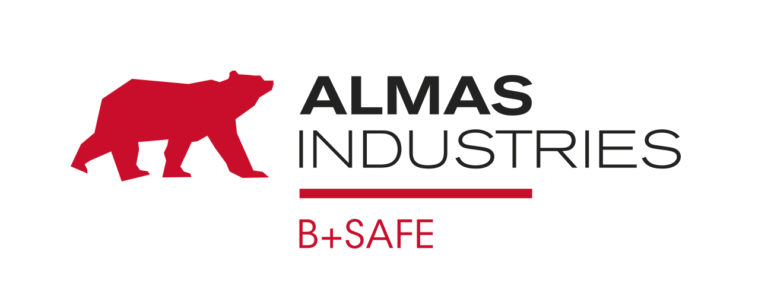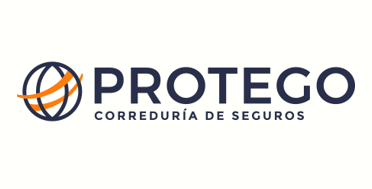The consumer has positioned lamb meat as a natural and tasty product. And also natural that is part of a healthy diet. What do you mean healthy?
Varied: that includes foods of all the groups and in the suitable quantities. Each of the foods can present a nutrient deficit that is compensated by the other groups.
Balanced: to reach a balance between caloric intake and energy consumption, respecting the appropriate proportion of each of the macronutrients (proteins 10-15%, lipids <30-35% and the rest carbohydrates).
Moderate: that there is control of certain components for cases in which their excessive intake may influence the development of chronic degenerative pathologies (refined sugars, saturated fats, cholesterol and salt).
NUTRITIONAL VALUE OF LAMB MEAT
Meat is an essential element in the diet, as it provides our body with a large amount of nutrients:
Water: between 60-80% of its weight.
Proteins: it has between 20-25% protein of high biological value since around 40% of its amino acids are essential, that is, the body cannot synthesize them and therefore must be provided by the diet.
Vitamins: The content of B group vitamins stands out, such as B1 (thiamine), B2 (rivoflavin), B3 (niacin), B6 and B12, which promote the proper functioning of the nervous system, in addition to vitamin A, in the form of retinol.
Minerals: This meat is an excellent natural source of iron and zinc with high bioavailability, in addition to the contribution of copper, phosphorus or selenium.
Approximately between 30 and 60% of the iron in meat is highly bioavailable (heme iron), however, the iron we obtain from vegetables (lentils, spinach …) is mainly non-heme, which is less bioavailable .
Lamb also has an important sodium content, especially the chops.
Fats: lamb meat contains an average percentage of fat that ranges from 12 to 25% of its composition.
#AnafricLambDay












